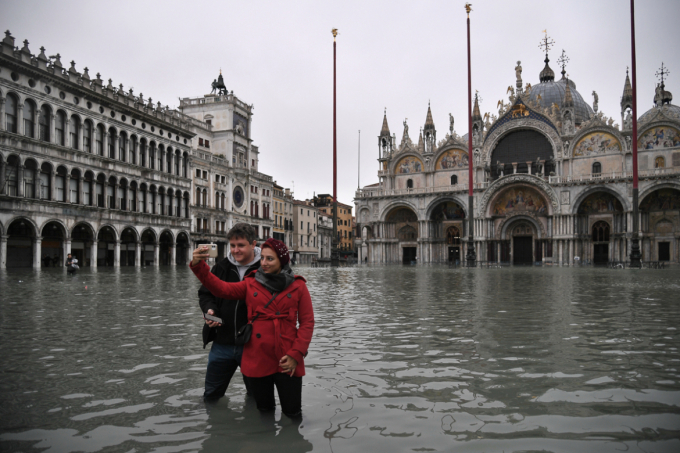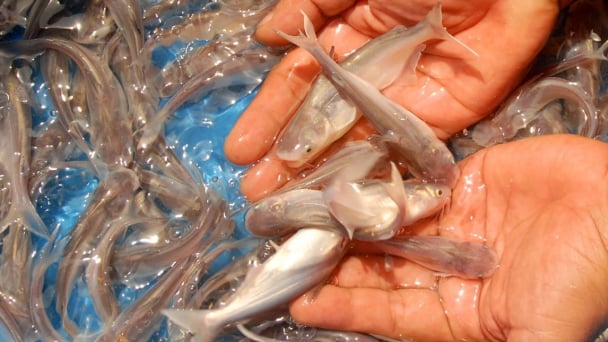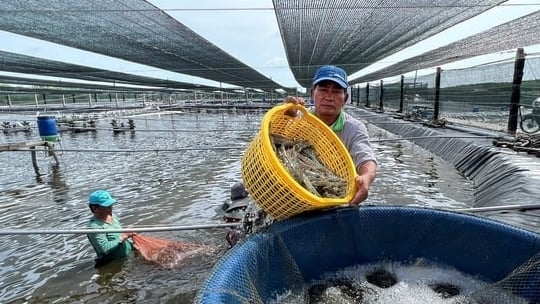May 30, 2025 | 18:00 GMT +7
May 30, 2025 | 18:00 GMT +7
Hotline: 0913.378.918
May 30, 2025 | 18:00 GMT +7
Hotline: 0913.378.918

Powerful rainstorms hit Italy in 2019, with the worst affected areas in the south and Venice, where there was widespread flooding. Photto: Marco Bertorello/AFP
An unpublished draft report, seen exclusively by AFP, reveals rising sea levels could affect hundreds of millions of people living in urban areas by 2050. As the earth warms and the ice melts, the seas will redraw the map of the world forcing many from their homes. Eventually, scientists predict, entire cities will have to be abandoned due to flooding.
Many of the world’s major cities are among those under threat including Mumbai, Jakarta, New York, Tokyo, Lagos, Shanghai, Miami and Dhaka. Those least able to protect themselves will be hit the hardest.
Even if global warming is kept under the 2 degrees Celsius agreed in 2015 in Paris, UN climate scientists predict sea levels could be up to 60cm higher by the end of the century. This coupled with increasingly extreme weather means land currently home to 300 million people will be vulnerable to annual flooding by 2050.
Cities like Venice and Jakarta are already sinking, while low-lying island nations in the Pacific are at risk of disappearing under the waves.
The Intergovernmental Panel on Climate Change (IPCC) report says "difficult choices will need to be made as sea level continues to rise, floods and storm surges become more frequent and intense, warming increases ocean acidity and intensifies heatwaves."
Without adaptation to sea-level rise, a worst-case scenario projection calculated damages between 1.6 and 3.2 trillion US dollars (€1.3 trillion to €2.7 trillion) by 2050 for the world’s 136 largest coastal cities. Up to 140 world heritage sites are also at risk of flooding, mostly in the Mediterranean.
The report says slashing emissions now can reduce the risks but "sea-level rise is accelerating and will continue for millennia," it says. The greenhouse gases already in the air have essentially baked-in the how much our waters will rise by before 2050.
AFP

(VAN) Vaccinating juvenile pangasius helps reduce disease, antibiotic use, and farming costs, increasing profits for export-oriented farmers in An Giang.

(VAN) Due to a limited supply of workforce and competitive recruitment requirements, businesses struggle to retain talented veterinary human resources.

(VAN) WOAH’s guidance aims to mitigate disease risks through a One Health approach that balances economic, conservation, and public health interests.

(VAN) Ms. Nguyen Thi Dung, Deputy Director of Ngoc Hoang Cooperative, shared about the journey of bringing dragon fruit to Europe, achieving annual revenues in the billions of VND.

(VAN) Bamboo products from Thang Tho Bamboo Cooperative have reached many countries around the world, while also creating jobs for local workers.

(VAN) The Management Board of Con Dao National Park reported that a green sea turtle, tagged in the Philippines, has traveled thousands of kilometers to lay 84 eggs on Bay Canh Islet.

(VAN) Green technology is paving a new path for sustainable aquaculture in the Mekong Delta in particular and across the country in general, helping reduce emissions and adapt to climate change.